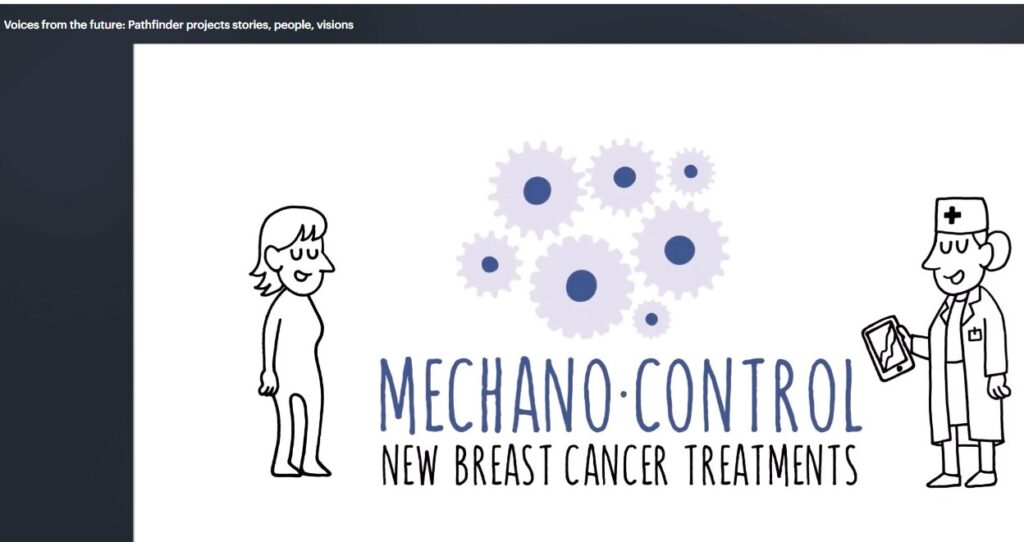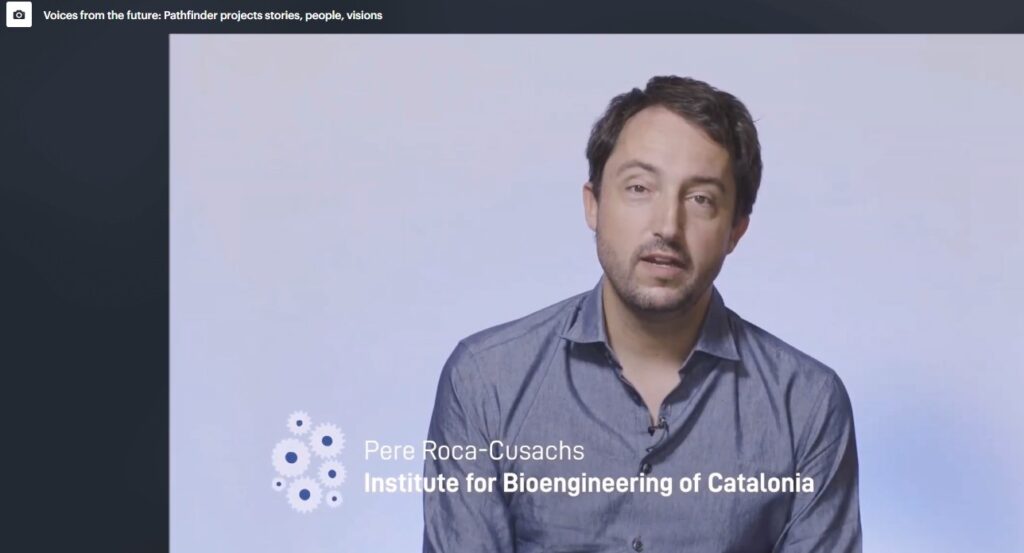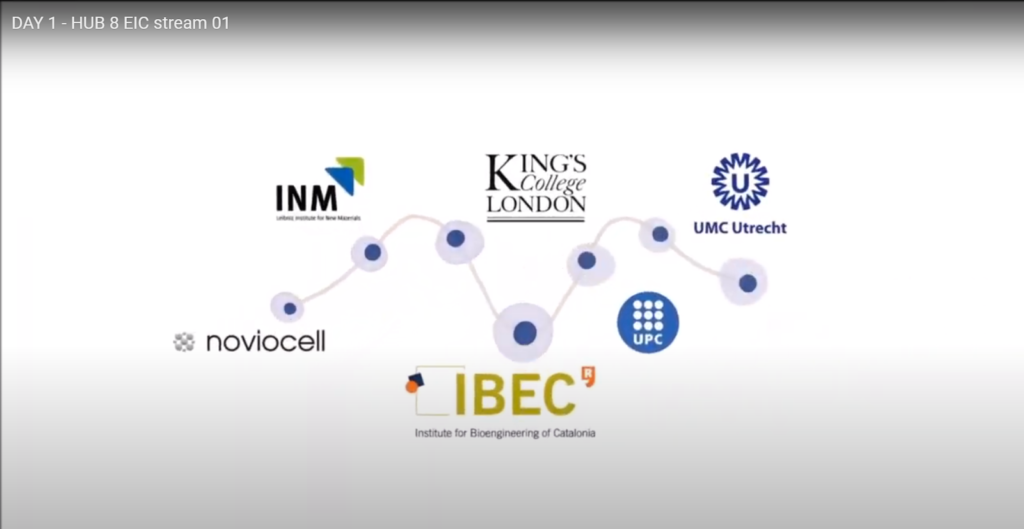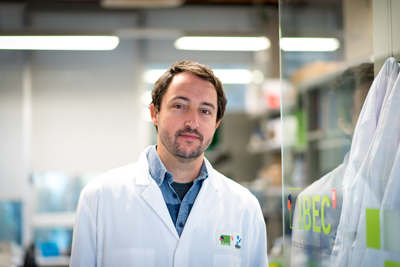The Mechano·Control project videos have been featured at the “Future Tech week” and at the European Research and Innovation Days event. After submitting the project videos to the “Spotlight Video Contest” of the Future Tech Week, boht videos have been selected to be aired in the session ‘Voices from the Future: EIC Pathfinder projects, stories, people, visions’ held online on the 22th September.
Future Tech Week provides EIC Pathfinder FET projects with a platform from which to blast their exciting findings, results and future paths to innovation to a wide range of stakeholders. It is a platform to showcase all the achievements in fields aligning with the European Commission’s priorities, including Artificial Intelligence and information technology, health and biotech, culture and society, energy and environment, and nanotech and materials. This year’s edition is taking place between 21st – 25th September. Future Tech Week features creative contributions from across Europe and beyond with a focus on Future and Emerging Technologies (FET).
Moreover, on September 22nd and 23rd, Future Tech Week will be part of the flagship European Research and Innovation Days event, within Hub 8 for the European Innovation Council.
The sessions entitled “Voices from the future: Pathfinder stories, people, visions”, organized in the frame of the Future Tech Week, will showcase EIC Pathfinder results from research to their exploitation into the market, through the valuable Keynote speech from Nobel Laureate Professor Edvard I. Moser (GRIDMAP), interview to the EIC Programme Manager Iordanis Arzimanoglou, the Keynote speech by Prof. Jerzy Langer – EIC Pilot Advisory Board member. Several roundtables will discuss about EIC Pathfinder future paths in a wide range of technological trends. The project videos selected by the “Spotlight video contest” will be streamed after Edvard I. Moser Keynote speech.
You can watch the session here








